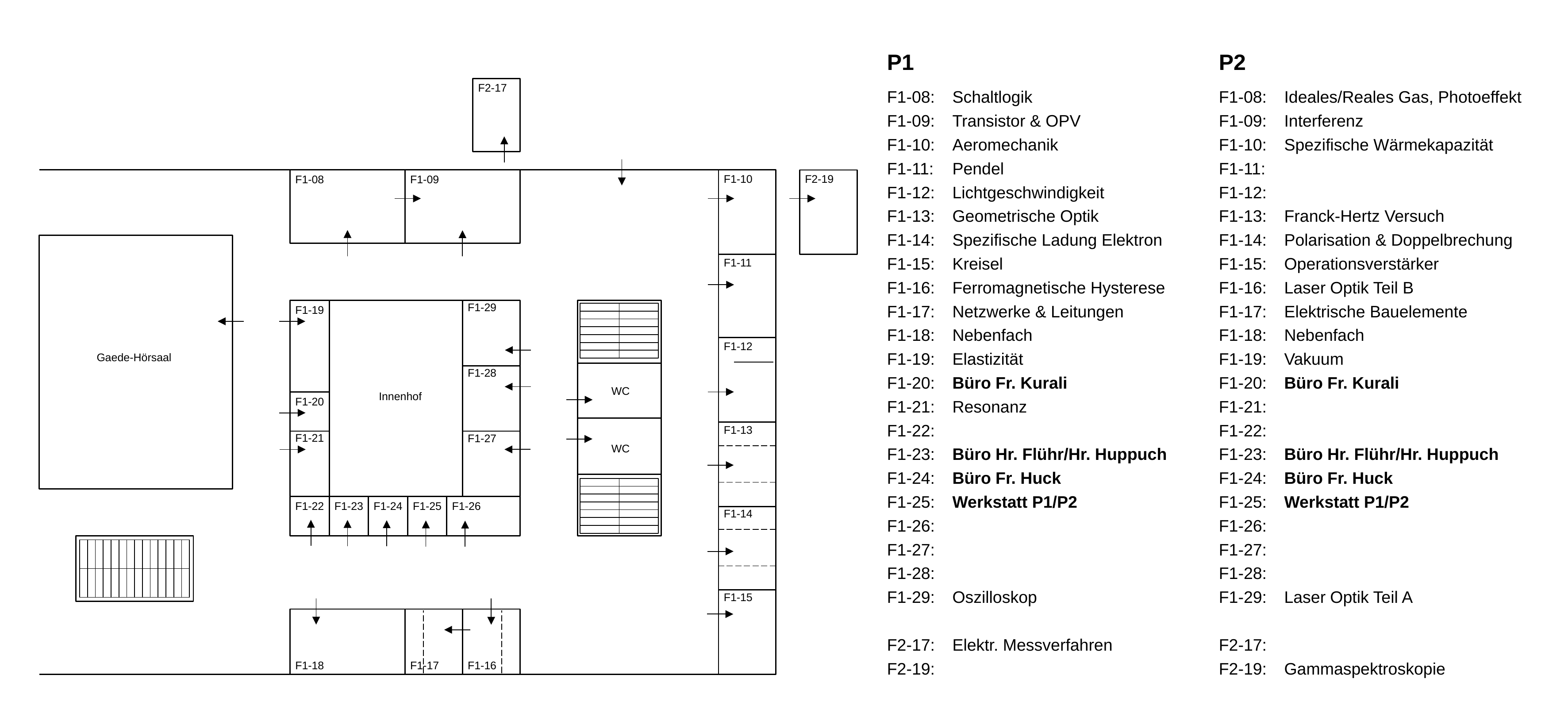News
Dates
- Regular lab-courses start 18.04.2024 at 13:30 in the corresponding lab-rooms.
- The registration for this course through the "Campus Plus"-System will be opened, soon.
- For this purpose please appear in time in the lab-rooms of the lab-courses you have been associated to.
The most important links
- The slides of the P2 preliminary meeting can be found here.
- You can find the instructions for the P2 experiments here.
- Guidelines for good scientific practice can be found here.
- General notes on the context of P1/P2 can be found .
- A description of the procedures of P1/P2 can be found here.
- Practical hints on the protocol and evaluation of P1/P2 can be found here.
- You can find a checklist for submitting your protocol here.
- Useful hints on how to work on the Jupyter server can be found here.
- You can find a description of the way of your protocol after submission here.
- You can find notes on the assessment of your protocol by the tutors here.
- Links to the ILIAS page of the course can be found here: Mon, Thur. Registration as a member is done by the coordinators of the lab-course after the preliminary meeting.
- The guidelines for tutors of the P1/P2 Lab Courses can be found here (access restricted to tutors only).

The English version of this website is currently not in service. Please refer to the German version instead. Sorry for the inconvenience (24.04.)
News ArchiveOrganization
The "Classical Physics Lab Course" spans two semesters with varying experiments. The P1 experiments take place in the winter semester, while the P2 experiments are in the summer semester. During this period, participants complete 10-12 experiments each. The exact number of experiments depends on the number of participants and can vary slightly. Every week, an experiment is conducted and subsequently evaluated on an experiment afternoon from 13:00 to 19:00.
Target Groups
The "Classical Physics Lab Course" pertains to the following degree programs:
- Physics (B.Sc.), Physics (B.Ed., Teaching),
- Geophysics (B.Sc.),
- Meteorology (B.Sc.), Meteorology and Climate Physics (B.Sc.),
- Engineering Education (B.Ed.),
- Chemistry (M.Sc.),
- Computer Science (M.Sc.), Computer Science (M.Ed., Teaching).
Admission and Registration
Admission to the lab course has no prerequisites. However, attendance at the lectures
- Classical Experimental Physics I
- Classical Experimental Physics II
- Computer-assisted Data Evaluations
is strongly recommended.
Registration is done through the Campus+ System. A preliminary meeting will take place on 15.04.2024 from 13:00 to 14:30 in the Wolfgang-Gaede Lecture Hall. Attendance at this preliminary meeting is mandatory.
Contact
You can reach the organization of the lab course at the email address apraktikum∂physik.kit.edu. Below you'll find a table of the individuals responsible for the organization of the lab course:
| Name | Job Description | Tel. | Office Hours | Room | |
|---|---|---|---|---|---|
| Simonis, Hans Jürgen | Lab Course Director | +49 721 608-24300 | Mo und Do 14:00 - 15:00 (in der vorlesungsfreien Zeit nur nach Vereinbarung) | CN | hj simonis ∂does-not-exist.kit edu |
| Wolf, Roger | Lecturer of the lab course | Mi 15:30 - 17:00 | |||
| 3 additional persons visible within KIT only. | |||||
Locations
The experiments of the lab course are located in the single-story building of the Physics department:
Bldg. 30.22
Engesserstrasse 7
D-76131 Karlsruhe
The lab course experiments are situated on the first and second floors of the building, as shown in the following floor plans. The capacity of the lab course is 168 spots.
Objectives of the P1 and P2 Lab Courses
The P1 and P2 Lab Courses offers you the opportunity:
- to carry out experiments under laboratory conditions;
- to collect and process data with a scientific claim;
- test physical laws experimentally.
You will find that the experiments to be carried out and the laws to be investigated will not always be familiar from the lectures. This cannot be avoided due to the organization of the practical course (in rotation). In addition, in such a broad field of application as physics, you cannot assume that you will always encounter familiar material. It is therefore also an important part of the P1 and P2 practicals to learn new topics and experiments in physics independently. However, it is not the task of the P1 or P2 practical course to be a substitute course for the introduction of content that has not (or no longer) found a place in the lectures.
What is important to us
When carrying out an experiment
Conducting an experiment involves carrying out targeted experiments and placing measurements and partial results in the context of the experiment. You should therefore arrive at the practical course with a clear idea of what to expect in the upcoming experiment and have fully understood the physical task. Ensuring that this is the case is the task of the preliminary discussion of the experiment.
When collecting the data
Data collection involves the systematic, reproducible recording of measured values, including the assessment of the associated (most important) uncertainties. The basic rule in physics is: "No measurement without an assessment of the associated [most important] uncertainties!". Please also refer to the guidelines on good scientific practice, which can be found on the P1 and P2 practical course websites.
For protocol and evaluation
A central component of data collection is the conscientious, complete and objective protocol for conducting the experiment, which leads to the evaluation of the experiment.
The scientific protocol requires that the person conducting the experiment is aware of the individual steps of the experiment and documents them clearly, comprehensibly and reproducibly for themselves and others. The protocol explains how you arrived at a measurement result. If you make a mistake during the experiment, this should be clear from the protocol and, if necessary, taken into account in the assessment of the results by you and/or others.
The conscientious collection and documentation of your data establishes your good reputation as a scientist. An error in the execution of an experiment can lead to your results being invalidated and/or to a new - then improved - experiment being carried out. This can happen and is part of gaining scientific knowledge. Inadequate documentation, and therefore results that are no longer comprehensible from the outside, render your experiment irreparably useless from the outset and damage your reputation. This should not happen to you under any circumstances.
Before digitization, protocols were kept in the form of lab books. For the P1 and P2 practicals, the lab book will be replaced by the Jupyter-notebook, which you can create on the faculty's Jupyter-Server. You should use it to document the following information in a targeted manner that is comprehensible to yourself and others:
- The aims of the experiment;
- the conditions of implementation;
- all measured values, including the assessment of their uncertainties;
- the further processing of the data and the resulting partial results.
At the end of the practical day, the protocol leads to the evaluation of the experiment. You can find practical tips on how to write a good protocol in the protocol and evaluation section on the P1 and P2 lab courses' websites.
Please note that it is not your task to reproduce theoretical derivations that you have studied to understand the experiment in the protocol. It is a basic requirement that you understand the underlying physics of the experiment well enough to be able to carry out the experiment, without which you should not even start the experiment. Therefore, summarize in your protocol what the experiment is about, do without derivations that are already in the notes on the experiments, refer to them if necessary and limit yourself to the connections and information (e.g. formulas) that are absolutely necessary (for outsiders) to understand and classify your experiment.
Definitions and demarcations
Experiment outcome
Nobody expects you to be able to perfectly document the experiments you carry out on the first day of the P1 practical course. Rather, you should learn how to experiment and how to assess your experiment scientifically and objectively on the basis of well-understood physical processes in the course of the P1 and P2 practicals.
We do not expect that an experiment you carry out in the P1 practical course will lead to results that are "ready for publication" or formatted according to the standards of physical publications. In particular, we do not expect you to reproduce an existing literature value as accurately as possible with your result. A statement such as: "My measurement agrees within 10% with the literature value" is generally irrelevant to us. The question you have to answer with your experiment is: "Does my measurement agree with my expectation within the uncertainties I have estimated?". Your expectation can (but does not have to) be fed by a literature value.
When answering the above question, the adequate numerical assessment of the uncertainties of the measurement is generally more important than the determined central value.
Assessment of your own experiment
The faculty's Jupyter server provides you with all the necessary tools for applying methods for statistical parameter estimation as recommended by the faculty. In many cases, this should make "manual" error estimation using Gaussian error propagation, which has often not been checked for its applicability, superfluous.
Even if you decide to use Gaussian error propagation, you do not have to do this "manually" with the help of a calculator or an Excel spreadsheet; you can integrate a simple function in a code cell of the Jupyter notebook directly into your test protocol. If you make a mistake, this is documented transparently and comprehensibly as part of the protocol and can be corrected at any time. The data processing pre-experiment of the P1 practical course offers you the opportunity to refresh and/or deepen your knowledge and experience in the field of data processing in preparation for the P1 course. You will carry out this preliminary test together with your tutor on the first day of the P1 course, as a fully-fledged internship test. After completion, we will provide you with a sample solution on the SCC GitLab server, which you can use as a template for the protocols and evaluations of all further experiments of the P1 and P2 practical course.
As a physicist, you must grow into a situation where you naturally and consciously assess the uncertainties of the data you process. If possible, you should not process any measured value or parameter without a corresponding quantitative assessment of its uncertainties. Estimating uncertainties is part of your job as a scientist. In a numerical parameter estimation, you obtain reliable confidence intervals for the measured variables you have determined from the applied adjustment without the need for error propagation. To do this, however, you must also use tools that are designed to provide such reliable information. When simply using Excel, scipy or Origin as a tool, this is generally not the case. Therefore, wherever possible, use the options offered by the faculty (kafe2 and PhyPraKit)) for parameter estimation in order to get directly to the measurement result from the primary data you have recorded. Both kafe2 and PhyPraKit are pre-installed on the faculty's Jupyter server and can be used out-of-the-box.
Context of the lab course in your curriculum
The P1 and P2 internships correspond to 6 ECTS points each in the assessment of the associated workload. This is around 1/5 of your work for the physics course in the curriculum of the current semester! This work is concentrated over 10 weeks of the semester. You should plan this time for the internships when planning your semester timetable.
The practical courses in physics offer you the opportunity to
- to experiment;
- test physical laws experimentally;
- understand physical facts, which cannot always be understood intuitively and clearly from a lecture, through experimentation and
- train in the recording, documentation and further processing of measurement data with scientific standards.
This is an essential part of any physics course and therefore your training for scientific work. In contrast to a lecture, it is not about reproducing centuries-old knowledge. Every experiment is always a confrontation of your expectations with reality and therefore a new challenge!
We use the following model to calculate the ECTS points for the lab courses:
- 4-6 hours of test preparation, in which you ensure that you are optimally prepared for the upcoming test according to your own assessment.
- 6 hours of experiment discussion and execution.
- 2-4 hours of experiment follow-up (including potential complaints by your tutor).
This results in up to 160 hours of work in the current semester.
When assessing the workload, please note that, for organizational reasons, the lab courses end after 10 weeks and thus well before the official end of the lecture period of the semester. This gives you the opportunity to prepare adequately for upcoming final examinations towards the end of the lecture period. The price for this is that the workload during the current course increases accordingly.
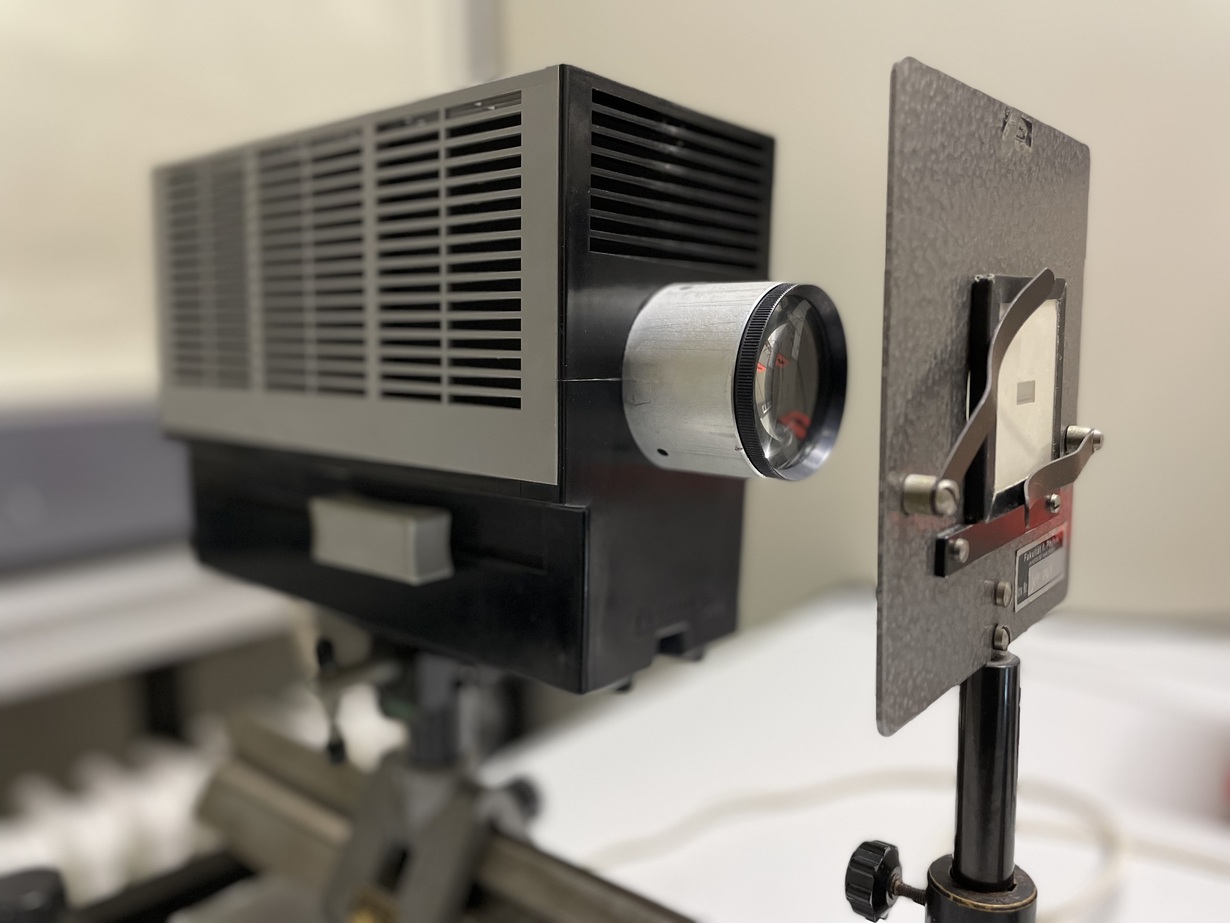
Guidelines on Integrity and Good Scientific Practice.
link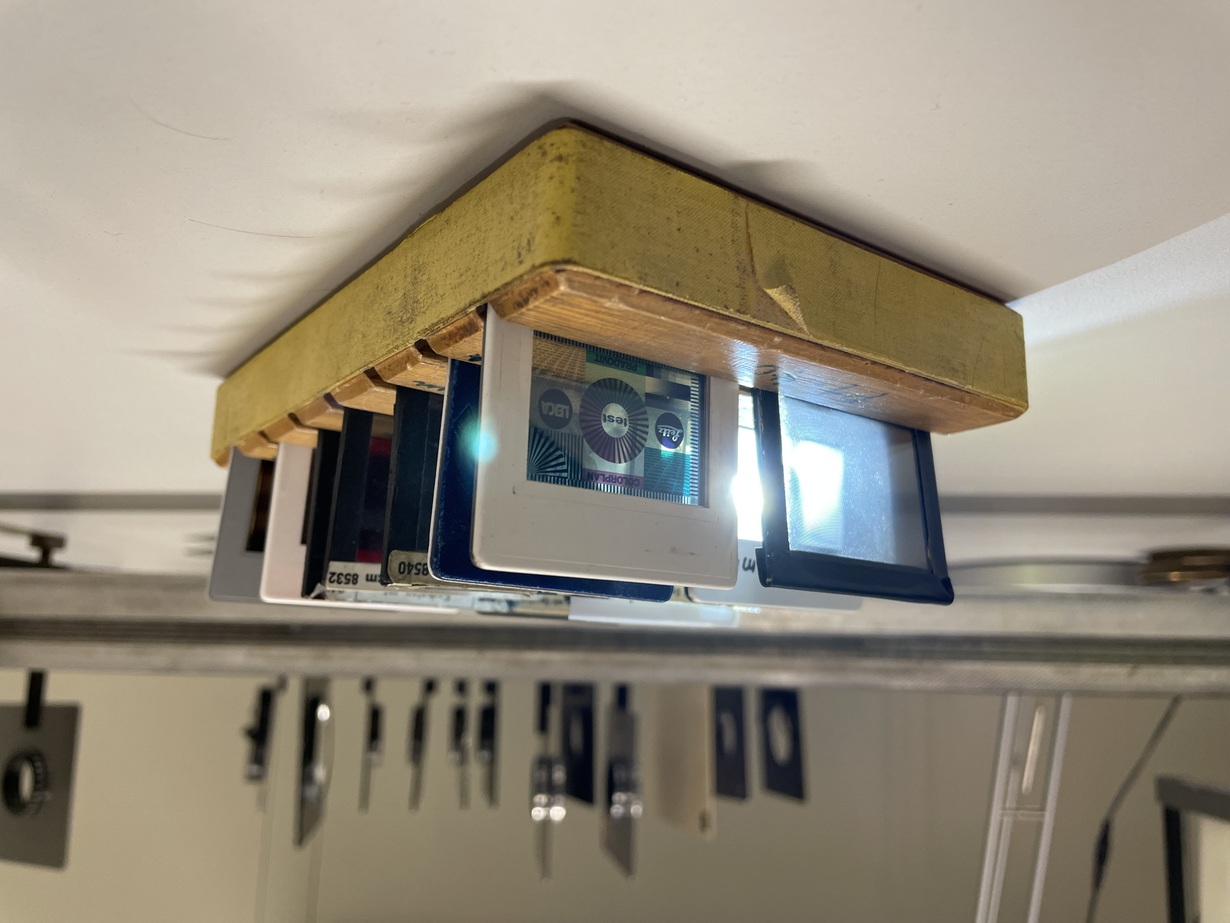
Behavior in the lab rooms, access, safety equipment, behavior in emergency situations, emergency numbers.
link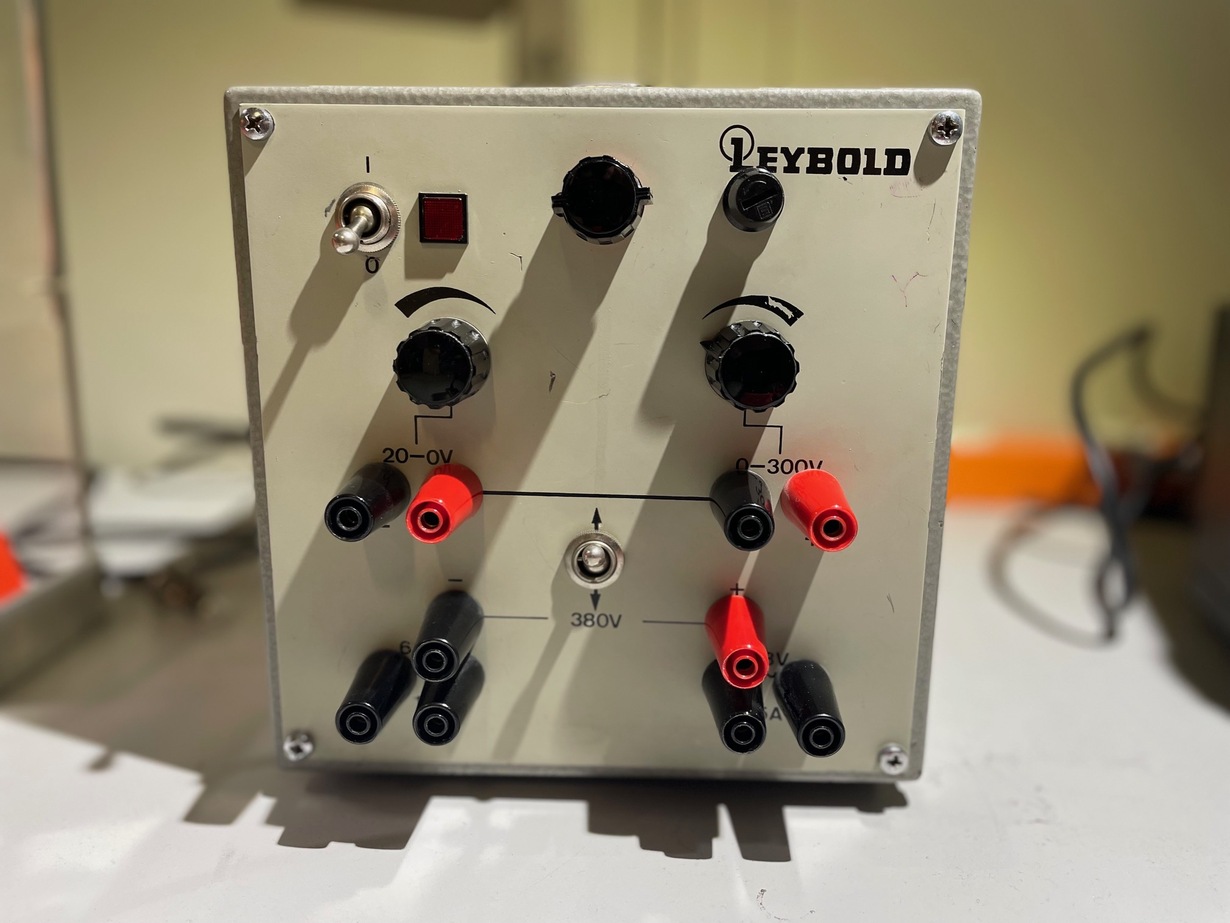
Guidelines for safe handling of evacuated containers, electricity, lasers, as well as radioactive or hazardous chemical substances.
link
Practical tips for daily work in the P1 and P2 lab courses.
linkExperiments
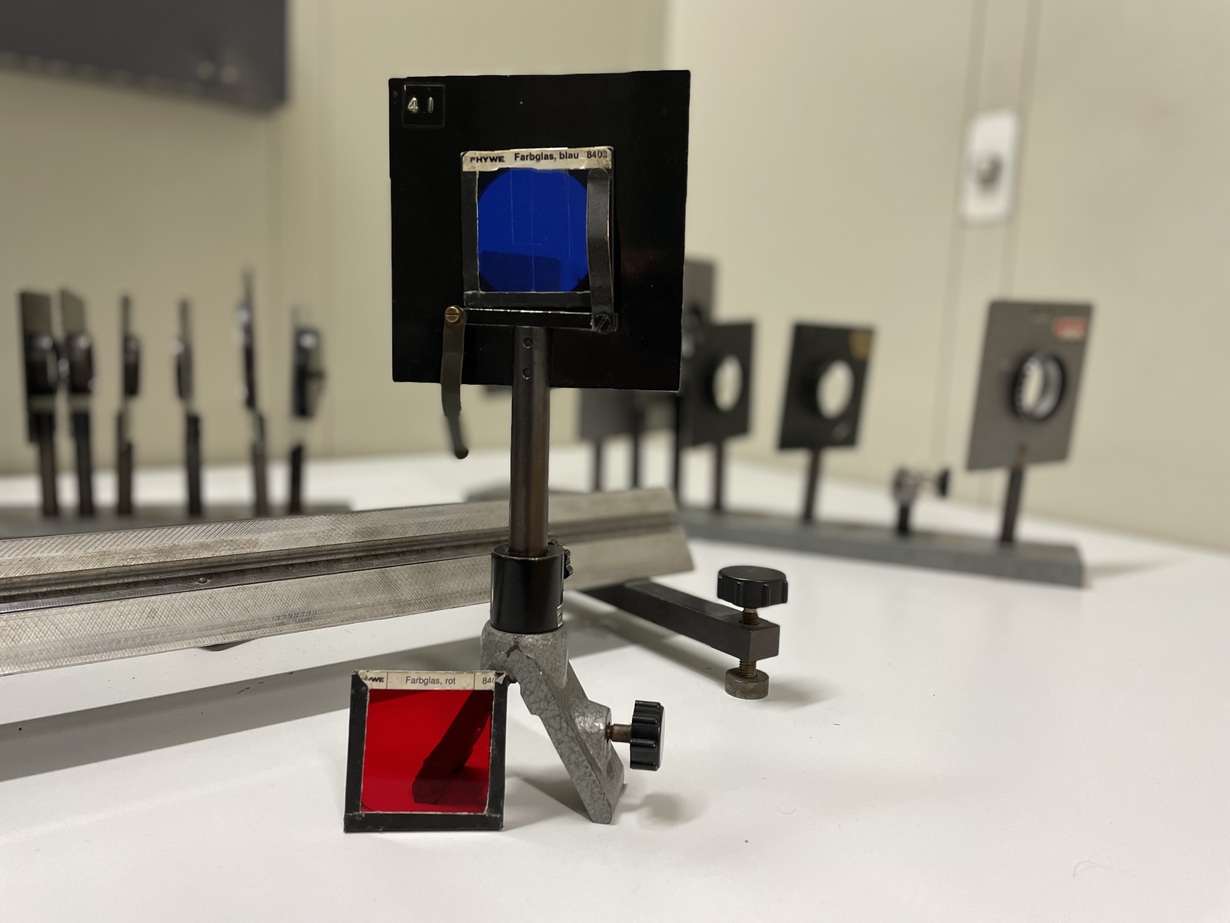
Experiment Instructions and additional information about the P1 experiments (in the winter semester).
link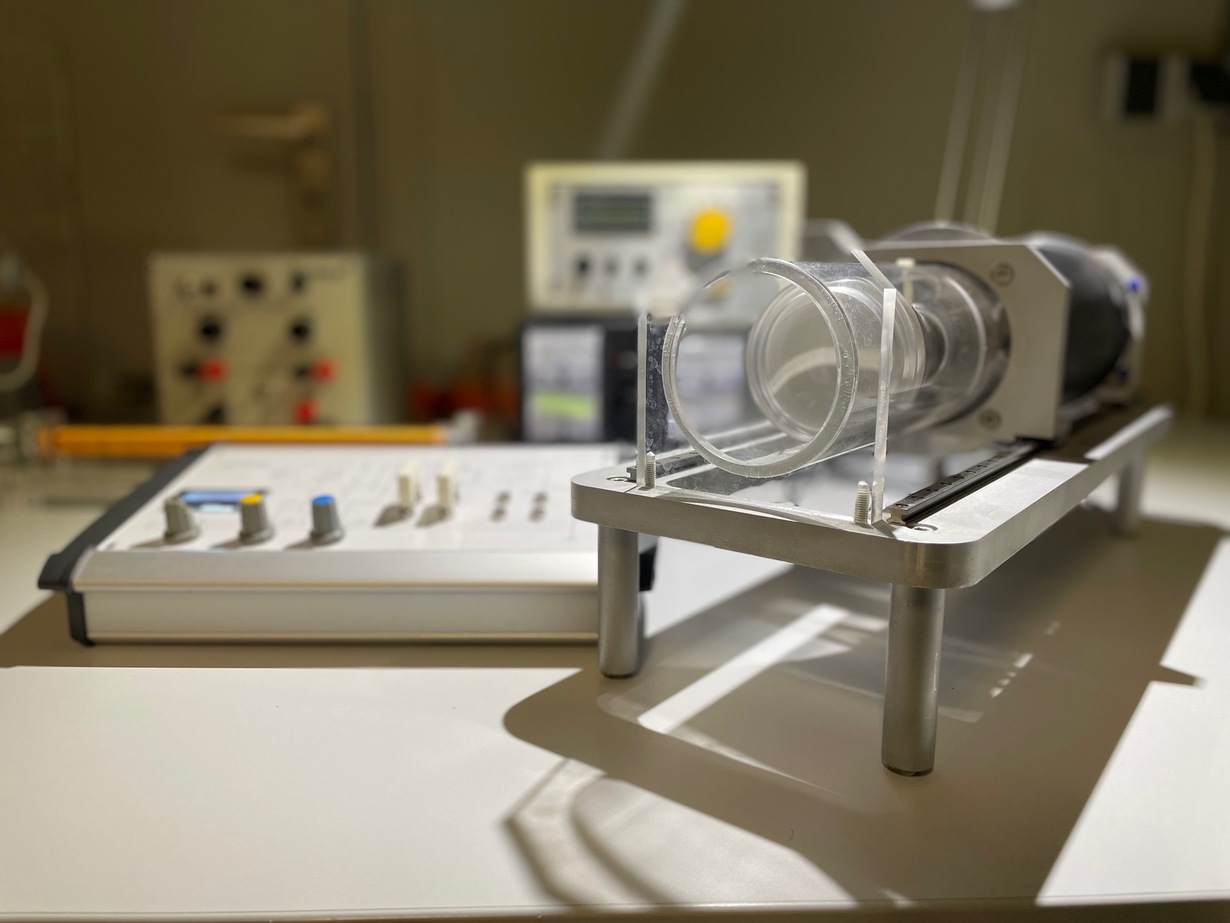
Experiment Instructions and additional information about the P2 experiments (in the summer semester).
linkError Calculation
In the P1 and P2 internship, in addition to specifying a measured value, we generally require the specification of a measurement uncertainty for each value you determine, which can be interpreted as a statistical confidence interval. You may have arrived at the indication of such uncertainty in various ways:
- The best way to arrive at measurement uncertainty is to determine it from the variance of a statistical ensemble test.
- If this is not possible for you, it is up to you to assess the uncertainty to the best of your knowledge and belief. You should not estimate too aggressively but also not too conservatively.
- As far as the return values of a measuring device are concerned, you may be able to rely on the manufacturer's information as an authority. To do this, check the data sheets of the relevant devices. Whenever you seek the authority of third parties, you must properly cite and reference them in your evaluation.
- An uncertainty can be derived from a function of random variables subject to uncertainty by error propagation.
- An uncertainty can be the output of a statistical parameter estimate.
Below we provide some useful links to documents and educational materials that will help you familiarize yourself with the methods of statistical parameter estimation:
- You can find the lecture Einführung in die Datenanalyse im Praktikum (German) here.
- You can find a collection of documented Jupyter-notebook instructions for learning while doing here.
- This collection also refers to the document Data evaluation in basic physics lab courses, as well as the script function fitting with the chi-square method, from which you can find out the basics of statistical data processing.
- Information on the measurement process and parameter estimation of statistical models can be found in the documentation for the preliminary data processing test using the example of the P1 pendulum.
- You can find a link to the lecture material of the CgDA course of the last semester here (account: student, password: student).
During your studies with a physics major, we offer you the following lectures in which you can learn everything important about this topic:
- Computer-aided data analysis;
- Computer use;
- Modern methods of data analysis.

